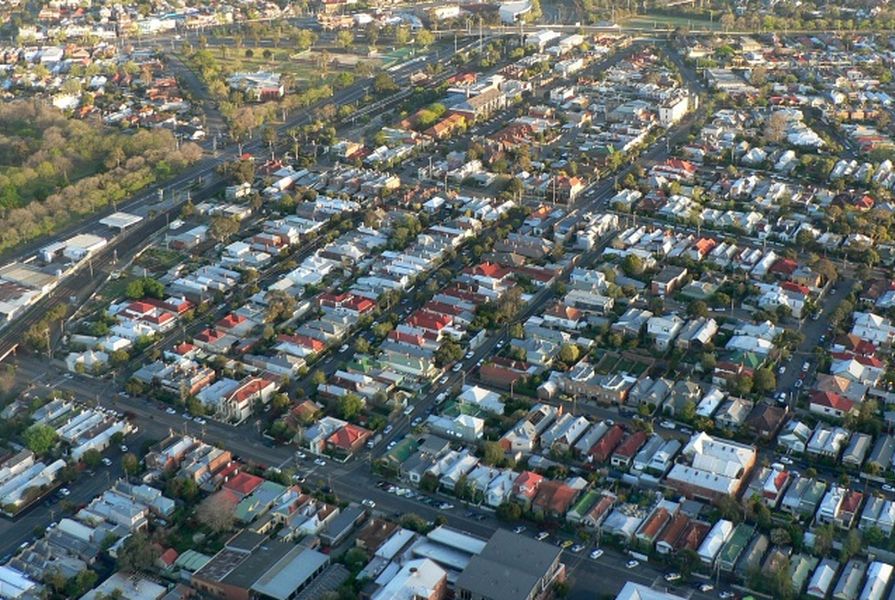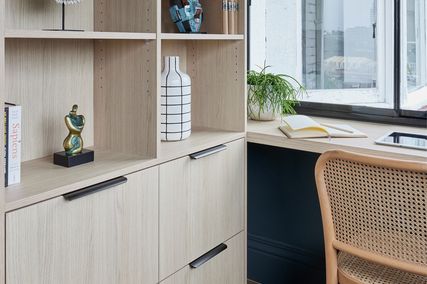The Victorian state government will retain and revisit Plan Melbourne, a long term vision for the city, reconvening the ministerial advisory committee that clashed with the previous state government in part over the development of middle Melbourne.
Planning minister Richard Wynne said that the committee that helped to shape the previous project will be brought back together, and members of the committee indicated that issues surrounding the development of Melbourne’s well-resourced middle suburbs would likely be revisited.
Former committee head Roz Hansen said the development of middle Melbourne sat alongside housing and climate change as three important issues that needed to be addressed.
“There is a lot of capacity within the established middle suburbs to do more of the heavy lifting in terms of accommodating future growth and delivering more jobs, and that needs to be revisited in Plan Melbourne because I believe that the current document has largely sought to lock up those areas from major redevelopment, particularly mixed-use medium density development,” she said.
The ministerial advisory committee was originally appointed by then planning minister Matthew Guy in May 2012 to provide expert advice and shape the vision for Melbourne in 2050.
However, tensions arose over specific details of the plans, and the committee members told the minister its work was done in August 2013. The first draft for Plan Melbourne was released in October 2013.
Ms Hansen described the issues that emerged throughout the process of developing the initial draft.
“After 16 months of working on the draft it became evident to me and my colleagues that the politics was overtaking the plan and that there were a number of changes that were being made to our draft that I believe reflected a political ideology rather than a response to what many of the stakeholders had been saying to us,” she said.
“I was quite annoyed because many, many people had participated in the process leading up to the draft and I felt that I didn’t want my reputation tarnished by a document that I couldn’t support wholeheartedly.”
“We’ve got a real opportunity to create a much better plan than that which was approved by the Napthine government. I think Melburnians deserve a better plan,” she said.
A statement released by the Andrews government emphasised the role of community consultation in its “reboot” of Plan Melbourne, with a new version of the draft to be completed by the second half of 2015.
“Planning is about people, and the community was largely ignored in the first version of Plan Melbourne,” said Mr Wynne.
“A renewed Plan Melbourne will give a long term vision for housing Victoria’s growing population, increasing jobs and liveability, integrating public transport and infrastructure and dealing with climate change.”
Former committee member John Stanley, transport expert from the University of Sydney, said that he welcomed the opportunity to get together and work on a long term vision for Melbourne.
“We’ve got a pretty ordinary record in developing plans and sticking with them over the long term and they tend to be fairly partisan - not bipartisan,” he said.
“Key to the process we’re going into now is getting bipartisan support for the plans so that they last longer than the current electoral cycle.”
Mr Stanley said that key proposals that should remain the focus include the adoption of economic clusters around the city, the development of improved public transport and higher density housing in middle suburbs around Melbourne, and establishing a hard urban edge around the city.
Data released by the Australian Bureau of Statistics shows that over 2013-2014 Melbourne had the highest growth of all capital cities, with an additional 95,700 people joining the city during the period.
The data identified South Morang as having the largest number of new residents in the entire country, with over four thousand new residents over the year.
Seven of the top ten growth areas across Australia were in the outer suburbs of Greater Melbourne.
















